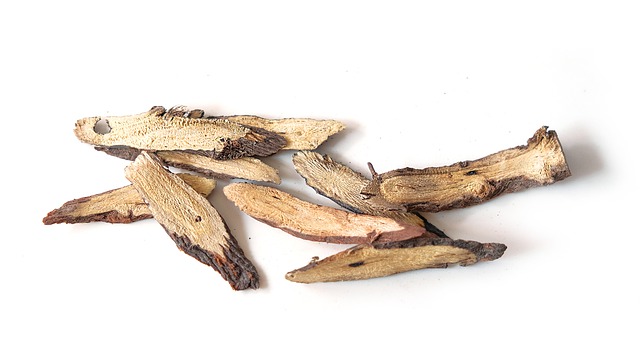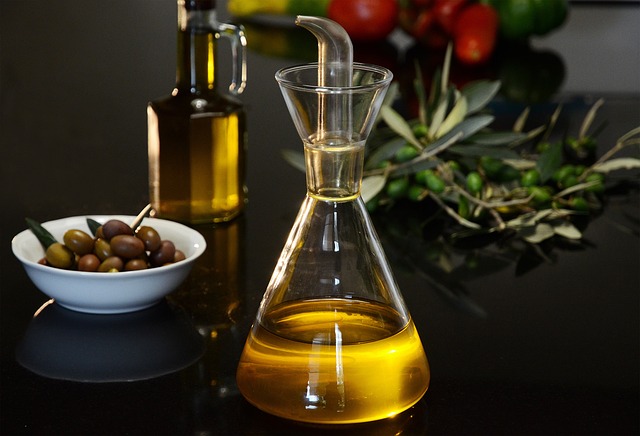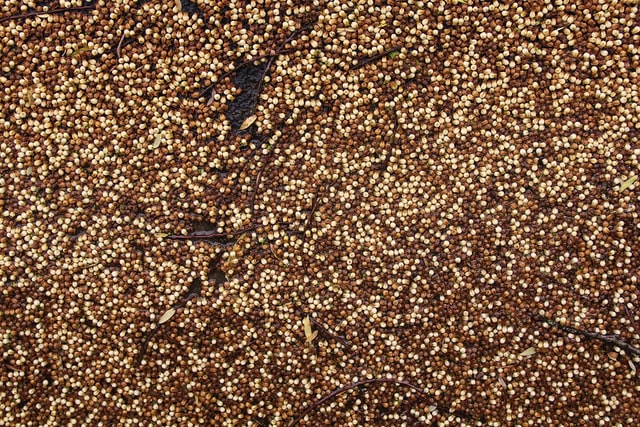What is Licorice Herb & How to cook with it
Licorice is a plant with sweet aromatic roots used to flavor candy, tobacco and many other products. Amongst the most ancient flavoring agents in human history, there’s licorice. It goes back to the Assyrian, Egyptian, Chinese and Indian cultures for hundreds, if not thousands of years.
Known as licorice herb or just licorice, what’s really valuable in the plant is its roots. Actually, the plant’s name can be traced back to its Greek origins and means sweet root. The British and people in Britain’s Commonwealth countries call it liquorice, while it’s spelled licorice in the States — it’s the same species, though.
Here’s all you wanted to know about licorice, from where it comes from to how does it taste. From its health benefits to some essential health considerations around the root. Licorice might be thousands of years old, but it’s always trending; it’s part of our culture and history!
What’s the Deal with Licorice?

Licorice is an odd plant. Although it has aromas and flavors similar to the ones found in aniseed, star anise and fennel, the plants are not related at all. Actually, licorice is more related to beans and other legumes to the aromatic plants.
Licorice is originally from Western Asia, and it has been cultivated in some European countries for centuries. Before more popular flavors like vanilla and chocolate became mainstream, licorice, amongst others like anise and cloves, were the most important flavorings for food and other products like tobacco.
The aromatic plant is valuable for its roots, which get their unique sweet scent from a complex combination of chemical compounds, including the famous anethole. The roots are naturally sweetened by a compound called glycyrrhizin, a long-chain molecule that’s 30 to 50 times sweeter than cane sugar!
With an impressive natural sweet taste and a delightful scent, it’s easy to see why tobacco, candy, and even some cosmetics gain their personality from licorice.
Licorice History

Did you know King Tut, the mighty emperor of the Ancient Egyptian Empire, was buried with lots of licorice roots amongst gold and other valuable commodities? The root was used to flavor water in one of the very first infusions in history.
The Chinese, Hindus, Greeks and Romans also made licorice part of their everyday lives. Licorice wasn’t only a tasty ingredient, but it also had many medical and mystical claims to its name.
Incredibly popular in ancient times, it’s only natural that licorice eventually found its way to Europe during the Middle Ages. Some documents say King Edward I placed a tax on licorice imports to help pay for repairing the London Bridge!
With new ingredients and flavorings from India and the Americas, including the more widespread cinnamon, cacao, vanilla, nutmeg and others, licorice lost its claim to the most used flavoring agent on earth, and eventually took the back seat to the more prevalent spices.
Today licorice is experiencing a comeback, not only for its familiar and comforting flavor but also for its nutritional value and health benefits.
Licorice Nutrition and Health Benefits

Licorice might not be the most nutritious root on the planet, but it has very competitive nutritional values in some areas. You’ll find adequate amounts of Vitamin B complex in licorice, and it truly shines with a much more comprehensive range of essential minerals compared to other sweeteners — it has good levels of copper, iron, phosphorus, potassium selenium and sodium.
Being almost 50 times sweeter than cane sugar, licorice is now an excellent low-carb sweetener that could reduce your calorie intake without compromising flavor. With decent amounts of dietary fiber, licorice is a sweetener that doesn’t fall in the empty-calorie category.
In the health department, licorice infusions are often used to reduce throat soreness, and the roots have proven to have antibacterial properties. Consuming licorice infusions regularly may reduce acid reflux and indigestion while treating peptic ulcers.
Despite being an ancient root, there’s still a long way to go for the scientific community to discover all the benefits of such a unique plant.
How to Cook with Licorice
Licorice candy is the best-known confectionery featuring the healthy and aromatic root. It has a unique taste and is often linked to our fondest childhood memories. Although you can make licorice candy at home, it is time consuming, and there are plenty of commercial alternatives available.
Sugar ‘drops’ are common uses for licorice, too. The old-fashioned sweet is flavored with licorice and just melts in your mouth. In Southern Italy, people chew on licorice roots to freshen their breath, and don’t even let us get started on licorice-flavored alcoholic drinks! There’s a wide variety of them!
We should mention many licorice candies do not contain licorice but aniseed, which tastes similarly. This is because excess consumption of licorice might have side effects. A compound in the root called glycyrrhizinic acid may cause hypokalemia, and cause increased blood pressure, muscle weakness and other complications.
You’ll be glad you added licorice to your ingredient repertoire. The root is tons of fun to use in the kitchen, and it will open a myriad of tasty possibilities. Make licorice part of your life!
Sources:
- https://www.webmd.com/vitamins/ai/ingredientmono-881/licorice
- https://www.healthline.com/nutrition/licorice-root
- https://www.drugs.com/mtm/licorice.html
- https://www.herballegacy.com/Knuteson_History.html
- https://www.nutritionvalue.org/Licorice_nutritional_value.html




